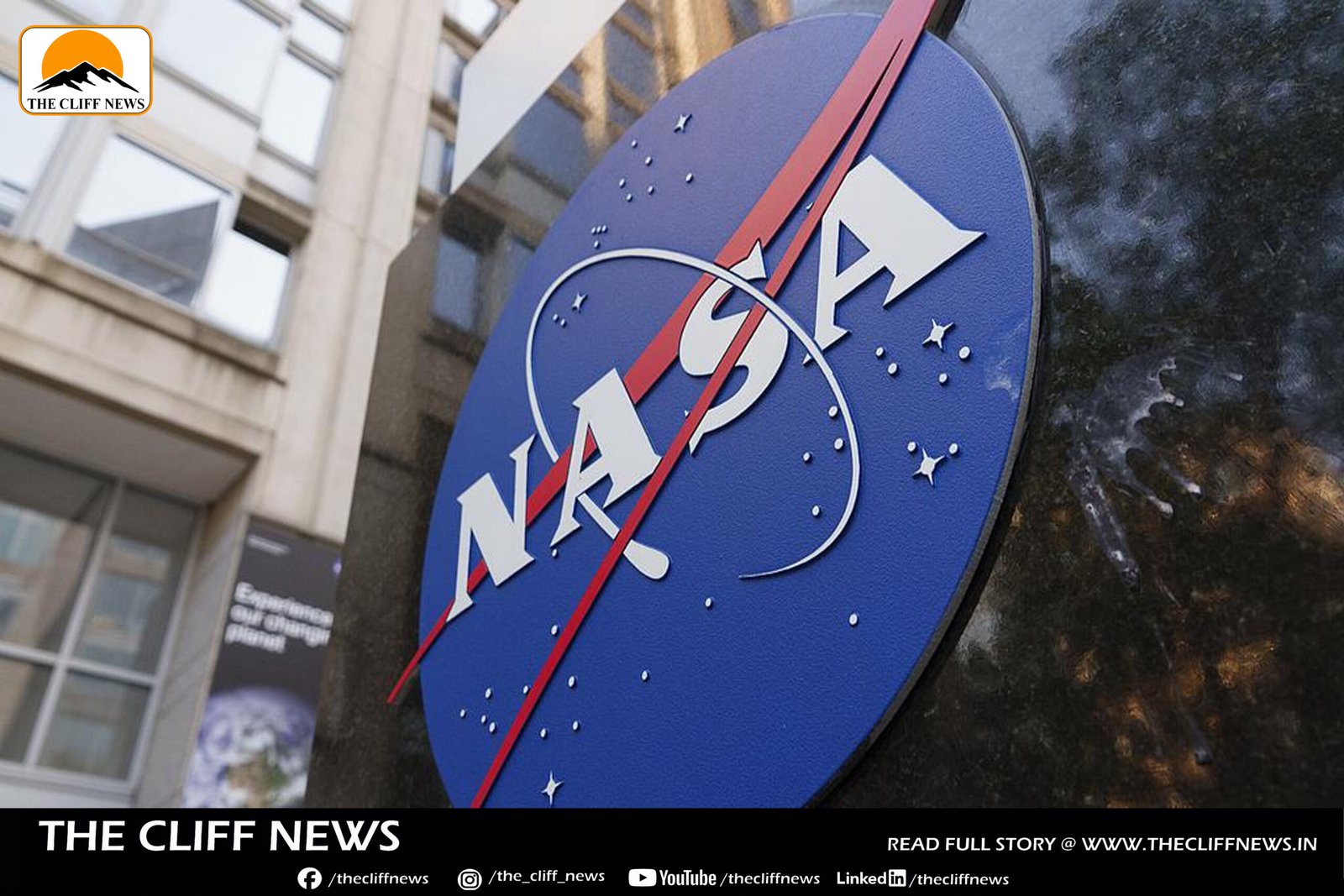In a significant step toward understanding space weather, NASA launched a new mission on Wednesday to study magnetic reconnection—a phenomenon where the sun’s magnetic field interacts with Earth’s magnetic shield, releasing bursts of energy. The mission is titled TRACERS (Tandem Reconnection and Cusp Electrodynamics Reconnaissance Satellites).
Launched at 11:13 a.m. local time (1813 GMT) from Vandenberg Space Force Base in California aboard a SpaceX Falcon 9 rocket, the TRACERS mission involves two identical satellites, each about the size of a washing machine. The launch also carried several other satellites from private partners.
Mission Objective: Understanding Space Weather
The primary aim of TRACERS is to investigate how solar wind—a constant stream of electrically charged particles from the sun—interacts with Earth’s magnetosphere, the protective magnetic field that shields the planet from harmful solar radiation.
“As the solar wind collides with Earth’s magnetic field, this interaction builds up energy that can cause the magnetic field lines to snap and explosively fling away nearby particles at high speeds — this is magnetic reconnection,” explained John Dorelli, TRACERS mission science lead at NASA’s Goddard Space Flight Center.
Why It Matters
Magnetic reconnection events can disrupt satellite operations, navigation systems, and even power grids on Earth. By using two synchronized spacecraft, TRACERS will capture a three-dimensional picture of how these high-energy interactions evolve over time.
“The TRACERS mission demonstrates how you can use multi-spacecraft technology to get a picture of how things are moving and evolving,” said David Miles, principal investigator for the mission at the University of Iowa.
Other Payloads on Board
Alongside TRACERS, the SpaceX launch also included multiple satellites from commercial entities:
- SEOPS’ Epic Athena
- Skykraft’s Skykraft 4
- Maverick Space Systems’ REAL
- Tyvak’s LIDE
- York Space Systems’ Bard
These payloads span various objectives, from communications to space testing platforms.
With TRACERS now in orbit, NASA is poised to make breakthrough observations that could deepen our understanding of how space weather affects not just satellites and astronauts, but also critical infrastructure here on Earth.



